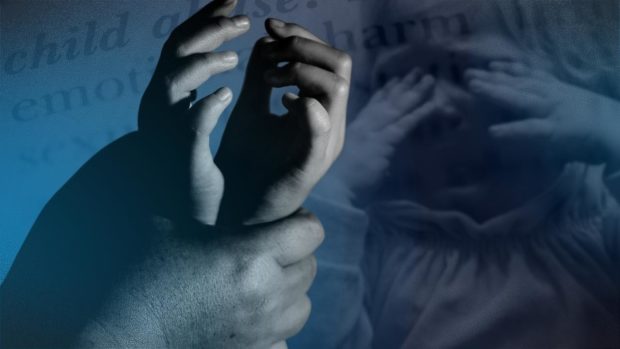
Child abuse stock image. INQUIRER FILES
MANILA, Philippines — The Philippines is the world’s first in terms of digital illiteracy and second in terms of online sexual exploitation of children, government officials have disclosed.
During Tuesday’s Senate panel deliberations on the proposed 2024 budget of the Department of Information and Communications Technology (DICT), senators asked agency executives if there is truth to reports that the Philippines is No. 1 in digital illiteracy.
“It is an accurate report from the United Nations (UN), but let me qualify that the last time that they asked for that report was [in] 2019,” DICT Undersecretary for Connectivity, Cybersecurity, and Upskilling Jeffrey Ian Dy answered.
Dy, however, said the data is now “being updated” and that he is “particularly confident” that the country has increased intermediate or average literacy in information and communications technology (ICT).
READ: For digital literacy, come back to reading
The UN defines basic ICT literacy skills as navigating a certain operating system. Intermediate skills, on the other hand, require knowledge of using worksheets and presentation software.
“Many Filipinos know how to use mobile phones, know how to use TikTok or Facebook, but they cannot navigate an operating system,” Dy noted.
In the same hearing, an official of the DICT’s attached agency, the Cybercrime Investigation and Coordinating Center (CICC), revealed that the Philippines is No. 2 for online sexual abuse of children.
READ: DICT seeks add’l P5.6 billion in 2024 national budget
CICC Deputy Executive Director and Assistant Secretary Mary Rose Magsaysay said this ranking shows that many Filipinos are subjecting their children to sexual activities online to earn money.
Senator Win Gatchalian subsequently asked DICT Secretary Ivan John Uy to explain the possible reasons behind this ranking.
“One of the reasons is poverty, but primarily, in terms of cybersecurity, we lack the necessary tools in order to identify perpetrators of these crimes and to track them,” Uy admitted.
READ: DICT seeks to boost budget spending to 70% by year end

